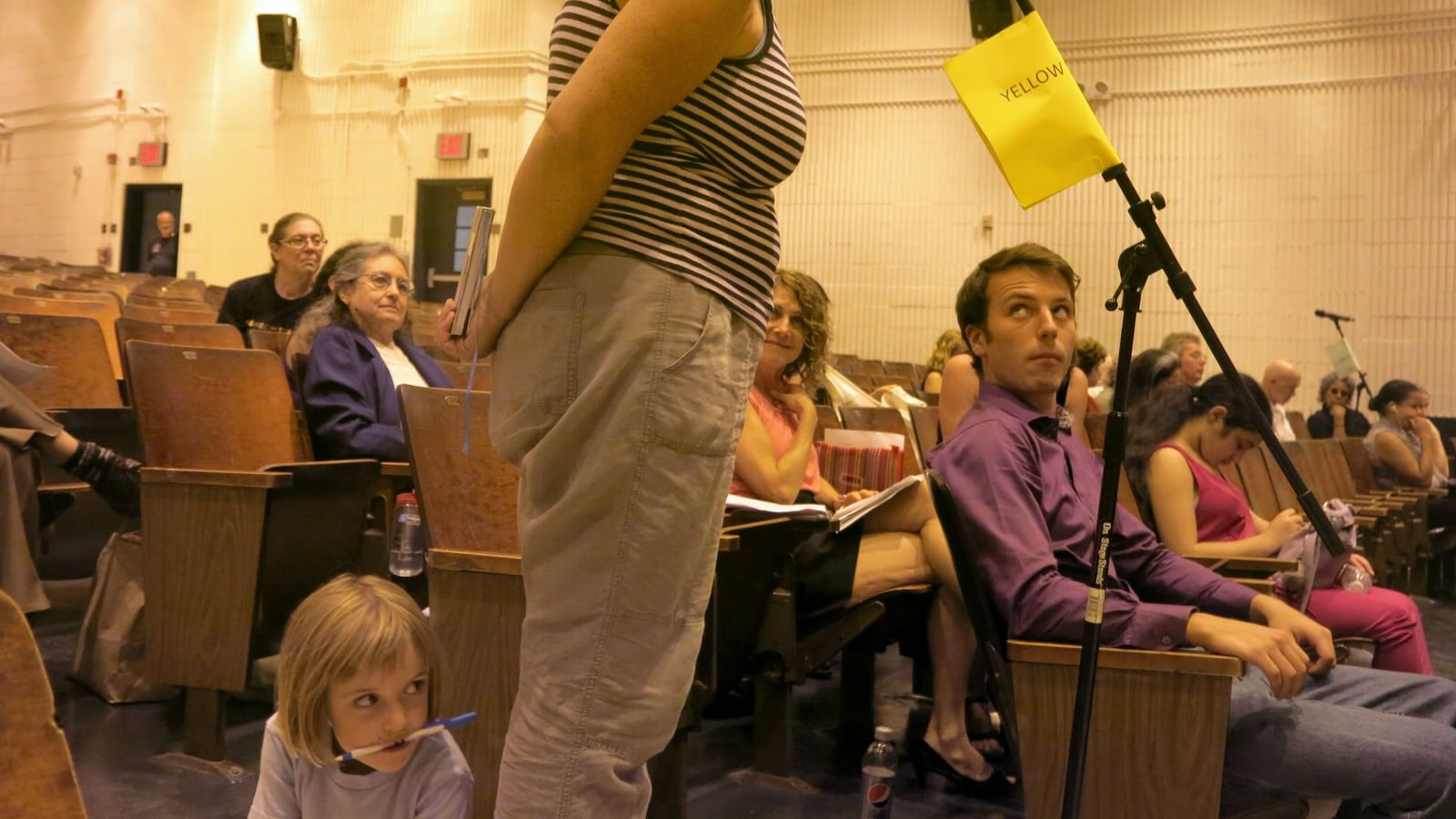Eight months ago, Mayor Bill de Blasio visited one of New York City’s most segregated school districts and promised a plan was in the works to address the striking lack of diversity in the city’s classrooms.
That “bigger vision,” as de Blasio called it, is expected to be unveiled by June. But many who have been lobbying to desegregate schools say the process of crafting that vision has been far too private — and that could hurt the Department of Education’s chances for success.
At Wednesday’s Panel for Educational Policy meeting, members of a group called the New York City Alliance for School Integration and Desegregation will ask the city to include “robust public involvement” in any diversity plan put forward. The Alliance, which goes by ASID, is made up of interested parents, students, teachers, researchers and local diversity advocates.
“What we want the DOE to do is create an actual planning process that is inclusive of stakeholders across the city. That has not been the case,” said Matt Gonzales, who leads school integration efforts for the nonprofit New York Appleseed and is a member of ASID. “Any efforts towards integration or desegregation always, historically, have required local buy-in.”
Schools Chancellor Carmen Fariña has acknowledged that herself. Referring to school rezonings, which are often contentious and highlight racial divides, Fariña said in February 2016 that agreements are reached “because we talked and listened to everybody.”
“It’s not a mandate you’re putting down people’s throats,” she said.
Education department spokesman Will Mantell said officials have discussed diversity issues with “school staff, advocates, elected officials, researchers and community members.”
“These ongoing discussions inform the development of the diversity plan we’re releasing later this school year,” he wrote in an email.
But advocates say they have been left in the dark about the city’s specific plan, though officials have been eager to reference it when questioned about the city’s commitment to desegregating schools.
For Miriam Nunberg, public input could help officials diagnose the real reasons schools become segregated by race and economic status — and help them develop specific solutions for addressing the problem. She is a parent in Brooklyn’s District 15 who wants to change middle school admissions policies to make schools more diverse.
“There are a lot of presumptions made about why things happen and why there’s so much of an underrepresentation of certain groups [of students] in selective schools,” Nunberg said. “Without asking the questions, you’re not going to know the answers.”
ASID members will also push the education department to approve a policy statement declaring diversity a priority. The City Council asked the DOE to do that in 2014 and the department has yet to act. When Chalkbeat asked Fariña about it in August 2016, she said that such pronouncements are “just words” without a plan.
The advocates say they don’t expect the PEP to take specific action on Wednesday, but want to reach the chancellor and make a public statement.
“We want to go where we can speak with them directly,” Gonzales said.

